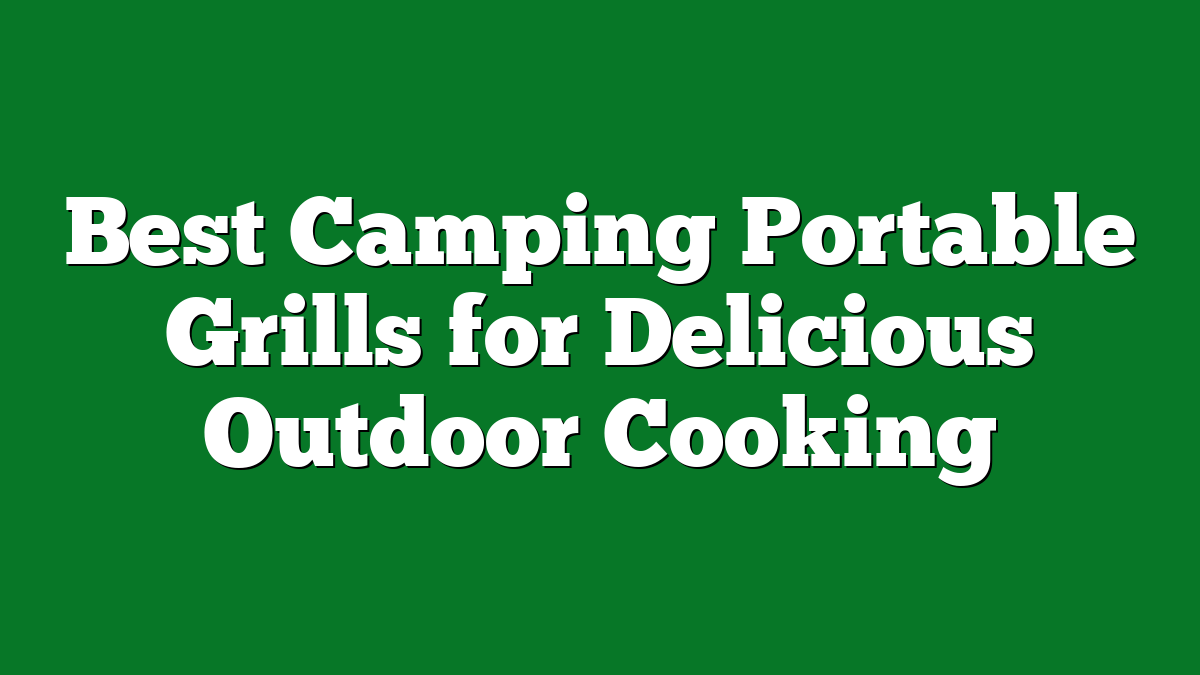Camping is one of my favorite ways to escape the hustle and bustle of everyday life. There’s nothing quite like the great outdoors to recharge your spirit. But as I’ve spent more time in nature, I’ve realized the importance of reducing waste, especially when it comes to single-use items. They may seem convenient, but they can harm our beautiful environment.
Understanding Single-Use Items
Single-use items make camping easier but contribute significantly to environmental issues. Recognizing these items and their effects helps me make better choices while enjoying the great outdoors.
Definition of Single-Use Items
Single-use items refer to products designed for immediate disposal after one use. Common examples include plastic utensils, paper plates, and disposable water bottles. These items may be convenient, yet they often lead to excessive waste that harms nature.
Environmental Impact of Single-Use Items
Single-use items contribute to landfill overflow and ocean pollution. In fact, according to the EPA, Americans generated about 292.4 million tons of trash in 2018, a significant portion stemming from single-use products. Items like plastic bags take years to decompose and can endanger wildlife. By minimizing single-use items while camping, I reduce my environmental footprint and preserve the beauty of nature for future generations.
Planning Your Camping Trip
Planning is key to enjoying a sustainable camping experience. I focus on thoughtful preparation to minimize waste from single-use items while maximizing my time in nature.
Choose the Right Gear
Choosing the right gear plays a crucial role in reducing single-use items. I opt for durable, reusable products like stainless steel water bottles, silicone food storage bags, and collapsible utensils. My camping stove features reusable pots and pans, eliminating the need for disposable cookware. I prioritize lightweight, packable gear to make my trips easier while staying eco-friendly. Investing in quality, sustainable equipment ensures that I’m prepared for any adventure without generating excess waste.
Meal Preparation Strategies
Meal preparation strategies significantly impact waste reduction during camping trips. I plan meals in advance, focusing on fresh ingredients to minimize packaging. I use reusable containers for food storage instead of plastic bags or wrap. Cooking simple one-pot meals cuts down on dish use and cleaning time. I also bring a compact cooler to keep perishables fresh and reduce food waste. By preparing meals at home, I can portion ingredients, making it easier to manage and less likely to rely on single-use products while out in the wild.
Alternative Products
Camping’s about immersing myself in nature while keeping waste to a minimum. Choosing alternative products means I can enjoy the great outdoors without leaving a heavy footprint.
Reusable Camping Equipment
I always opt for reusable camping equipment to ensure longevity and sustainability. Stainless steel water bottles replace single-use plastic bottles, offering durability and insulation. I pack collapsible utensils that save space and reduce waste. For cooking, I prefer cast iron or stainless steel pots, which not only last longer but also enhance my meals over an open flame. Investing in a quality camping stove instead of using disposable grills ensures I minimize trash while still enjoying delicious outdoor meals. Each piece of equipment contributes to a more sustainable camping experience.
Eco-Friendly Food Storage Options
I rely on eco-friendly food storage options to keep my meals fresh without adding to landfills. Glass containers with silicone lids work wonders for packing snacks and leftovers, as they’re reusable and easy to clean. I also utilize beeswax wraps instead of plastic wrap, which preserves food while being biodegradable. For dry goods, I carry cloth bags instead of plastic ones; they’re lightweight and help reduce plastic waste. Keeping space-efficient and sustainable food storage options makes meal prep easier and promotes a greener camping adventure.
Tips for a Sustainable Camping Experience
Embracing sustainability while camping enhances the experience and helps preserve nature. Here are some practical tips to keep in mind.
Waste Reduction Practices
Prioritize planning to minimize waste during your adventures. I always carry a set of reusable items, including stainless steel water bottles, collapsible utensils, and silicone food storage bags. These choices eliminate the need for single-use plastics. Opt for bulk snacks in reusable containers, such as nuts or trail mixes, to avoid excess packaging. Meal prepping before the trip streamlines cooking and significantly cuts down on food waste. Using one-pot meals also minimizes dirty dishes and the need for disposable items, ensuring a cleaner campsite.
Leave No Trace Principles
Adhering to Leave No Trace principles fosters respect for nature. I make it a point to pack out everything I bring in, including food scraps and trash. Staying on designated trails prevents damage to vegetation and wildlife habitats. When toileting, I follow guidelines for waste disposal in the backcountry, ensuring hygiene and environmental safety. I also choose biodegradable soap for cleaning to protect local water sources. These practices combine to keep nature beautiful, providing enjoyment for future generations of campers.
Conclusion
Camping is all about reconnecting with nature and enjoying the great outdoors. By choosing to avoid single-use items, I’m not only making my camping trips more enjoyable but also doing my part to protect the environment. It’s rewarding to see how simple changes can lead to a more sustainable experience.
Every reusable item I bring along helps reduce waste and keeps our beautiful landscapes pristine. Plus, it’s a great feeling to know I’m leaving a smaller footprint. I hope you’ll join me in embracing eco-friendly practices on your next adventure. Together, we can make a positive impact and ensure that nature remains a breathtaking escape for generations to come.











